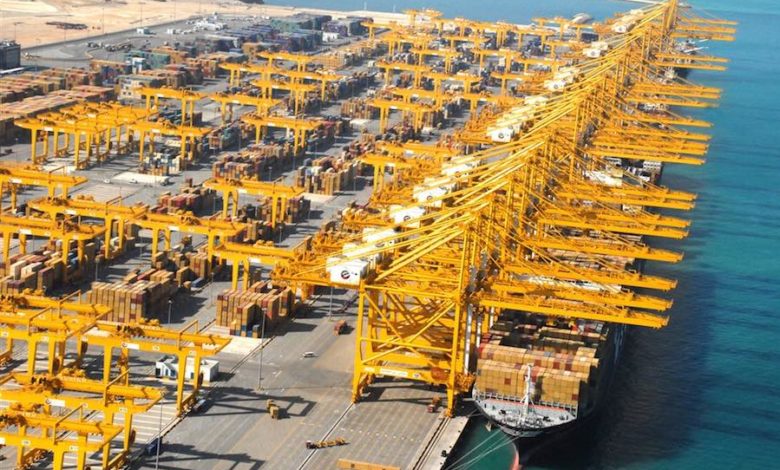Is DP World building a shipping line?

Santosh Patil takes a look at what the Dubai terminal operator’s latest acquisition means in the big picture.
The news of DP World buying over Shreyas Shipping and Transworld Feeders is now behind us with the recent announcement of the deal. This follows the acquisitions by DP World in the last two or three years with Unifeeder, Feedertech and Unico Logistics, a Korean NVOCC. There are some interesting possibilities which emerge from these acquisitions.
Together the cumulative vessel fleet of Unifeeder (including Feedertech, Shreyas and Transworld Feeders) adds up to approx. 81 ships with 138,000 teu, propelling it to 17th position in the world container fleet basis current Alphaliner top 100 ranking. This surpasses X-Press Feeders’ capacity making Unifeeder the largest feeder operator in the world. The recent Shreyas-Transworld Feeders deal does not take over assets, but includes a long-term charter arrangement indicative of the continued focus on an asset-light model.
Why did DP World select this mix?
There is a likelihood of gradual change in trade patterns with regional trades gaining more ground than traditional east west trades
Unifeeder, Feedertech, Shreyas and Transworld Feeders are the better-known brands in their own segments and regions. However, they have businesses other than the feeder operations which are equally strong in the NVOCC space. Feedertech has Perma while Shreyas has Avana Logistek which are both NVOCCs with a decent fleet of containers either owned or leased. Avana Logistek has a strong presence in the South Asia – Middle East market while Perma is better connected in Southeast and South Asia. Add to this mix, the acquisition of Korean NVOCC Unico Logistics, Unifeeder’s multimodal operations and you have a respectable network in Europe, the Middle East, South Asia and Asia Pacific.
Together, these provide the much-needed base cargo which, if gradually supplemented further, can be enough for building an independent shipping line, initially with a regional focus and eventually a multi-regional or global shipping line. The apparent question one would then ask is why doesn’t DP World simply buy off another shipping line? There are several possible arguments against this.
First, DP World may not want to position itself as a direct competitor to the shipping lines who are its largest customers worldwide. Doing so, may cause it to lose market share to competition, which also includes some of the lines who own terminals themselves. By buying out relatively smaller operators like these, DP World is targeting a customer base which was not a direct target of the major lines thereby avoiding stepping on the foot of its customers.
Secondly, the cost of accumulating smaller operators and using DP World’s strength to integrate and convert into a shipping line would be probably lesser than say buying out a top 20 line.
Finally, and this is gaining increasing importance, with the recent US-China trade situation as well as the pandemic induced trade disruption, there is a likelihood of gradual change in trade patterns with regional trades gaining more ground than traditional east west trades. While there are a few operators who specialise in regional trades, DP World may be able to garner a decent share of the regional pie.

Very interesting article, I can see the rationale behind a major port operator owning feeder operations, as the major ports would presumably be more attractive to their potential customers if the same ports had good feeder connections? (especially if their competitors are more likley to lack similar connections?
With inter-continental freight rates on the whole hard to compete on (especially if you want to make a profit – something that seems largely overlooked at times?), taking up feeder operations could be a great way for DP world to expand influence / customer base without taking on a massive cost of buying a top 20 line that delivers little to no profit?